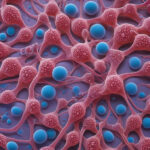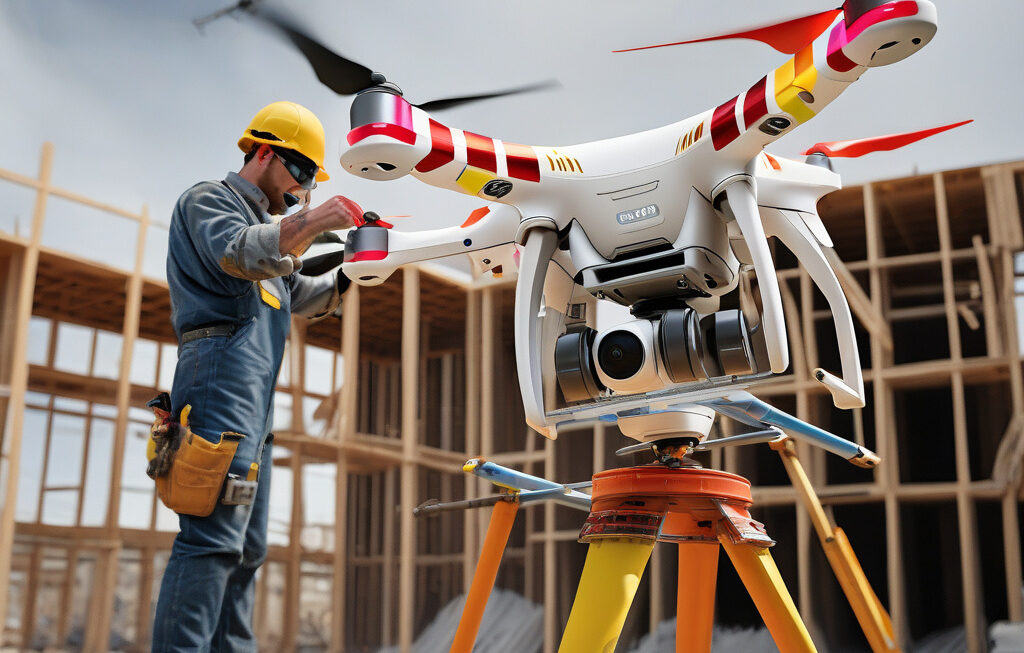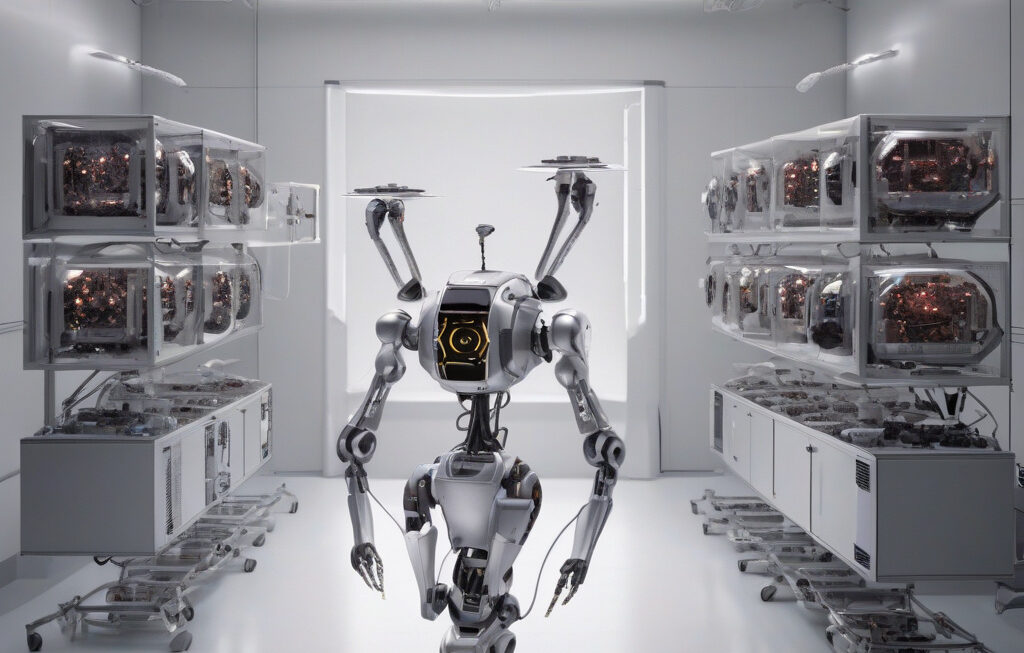Jumping Balls: US Scientists Design Seed-Tossing Shells with Zero Motors, Electronics
A new autonomous robotic structure leaps into the air without a remote control. The researchers at a leading US institute have created a groundbreaking innovation in the form of jumping balls that can toss seeds while requiring no motors or electronics. This development marks a significant advancement in the field of robotics and environmental conservation.
The jumping balls function based on a simple yet ingenious mechanism. By utilizing stored energy from a wound spring, these spherical structures are able to generate enough force to propel themselves into the air. This innovative approach eliminates the need for complex electronic components or heavy motors, making the design lightweight, cost-effective, and environmentally friendly.
One of the key applications of these jumping balls is in reforestation efforts. By incorporating seed-tossing capabilities into the design, the robotic shells can be deployed in deforested areas with ease. Once launched into the air, the balls disperse seeds across a wide area, facilitating the growth of new vegetation in previously barren landscapes.
Furthermore, the autonomous nature of these jumping balls allows them to navigate challenging terrains with minimal human intervention. Whether it’s rugged mountainsides or inaccessible valleys, these robotic structures can reach areas that are typically hard to access, making them invaluable tools for conservationists and researchers alike.
The benefits of this technology extend beyond reforestation efforts. The jumping balls can also be used in disaster response scenarios, where quick and efficient distribution of essential supplies is crucial. By leveraging the seed-tossing mechanism for dispensing emergency aid packages, these robotic structures can make a significant impact in alleviating the effects of natural disasters.
Moreover, the simplicity of the design ensures easy maintenance and repair, reducing downtime and operational costs. With fewer components that can malfunction, the jumping balls offer a reliable and robust solution for a variety of applications, from environmental conservation to humanitarian aid missions.
In conclusion, the development of seed-tossing shells with zero motors or electronics represents a remarkable achievement in the field of robotics. The innovative design not only showcases the ingenuity of US scientists but also highlights the potential for autonomous systems to address pressing global challenges. As we look towards a future where technology plays an increasingly vital role in sustainability and disaster response, the jumping balls stand out as a shining example of how simplicity and effectiveness can go hand in hand.
Innovations, Robotics, Environmental Conservation, Autonomous Systems, Sustainable Technology












